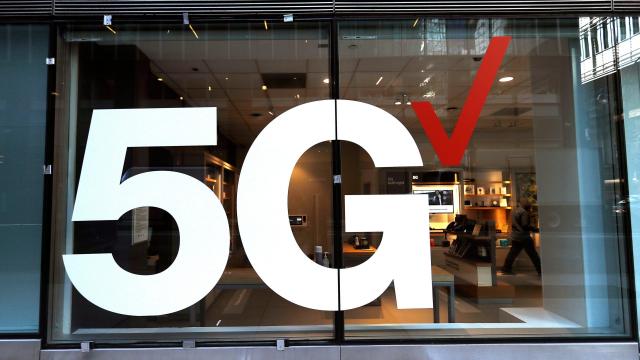The Federal Aviation Administration on Friday published a list of the 50 U.S. airports that will have buffer zones, or areas where AT&T and Verizon have agreed to limit 5G signals for six months.
In a statement, the FAA said it worked with the aviation community to determine where the buffer zones would reduce the risk of disruptions, considering factors such as traffic volume, the number of low-visibility days, and geographic location. The agency said that many airports are not currently affected by AT&T and Verizon’s upcoming 5G deployment, a service the wireless companies will activate on Jan. 19 after various delays.
The buffer zones aim to reduce the potential interference of 5G antennas with aeroplane instruments, called radar altimeters, that tell pilots how far they are from the ground. They help pilots navigate and land planes during bad weather and prevent crashes.
Airports on the list include Dallas Love Field, a major passenger hub for Southwest Airlines, and Chicago O’Hare, which is a large hub for United Airlines and American Airlines. Facilities that serve as hubs for cargo and private jets, such as airports in Indianapolis, Northern New Jersey, and New York City, were also part of those selected.
In addition, the list includes airports in Austin, Nashville, Houston, Los Angeles, Miami, Seattle, and San Francisco, among many others.
The FAA’s announcement comes amid a temporary ceasefire between transportation regulators and aviation groups, who worry that 5G antennas near some airports could affect the accuracy of altimeters’ readings, and telecommunications regulators and wireless companies, who maintain that 5G technology will not pose safety issues.
On Monday, AT&T and Verizon agreed to pause their 5G rollout for two additional weeks at the request of federal agencies. The move was a rapid about-face from the wireless companies, which just a day earlier had fervently put their foot down and said that agreeing to the petition would have been “an irresponsible abdication of the operating control required to deploy world-class and globally competitive communications networks.”
AT&T and Verizon bought nearly all of the C-band radio spectrum auctioned by the Federal Communications Commission last year, spending a combined total of nearly $US70 ($97) billion, to improve their 5G networks.
Over the next six months, which is how long AT&T and Verizon have agreed to keep the buffers in place around the 50 airports, the FAA will work with aerospace manufacturers and airlines to confirm whether planes can safely operate after the wireless companies’ 5G service is turned on.
